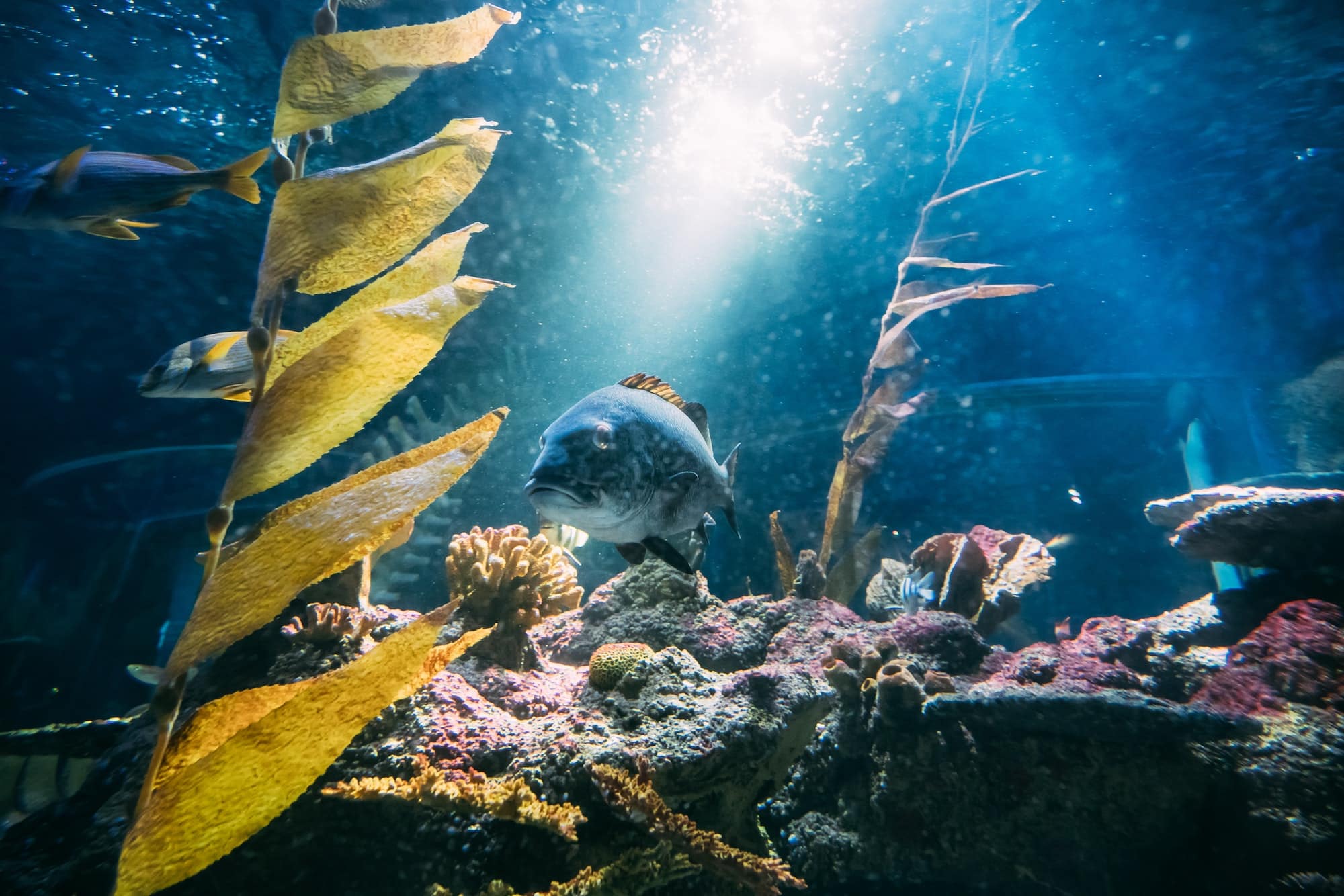What Are the Best Practices for Setting Up a Home Fish Aquarium for Aquatic Life and Relaxation?

Hello dear readers! The world of aquariums is a beautiful and serene place, a tiny aquatic universe right inside your home. Aquariums can be a source of relaxation and a window to a tranquil underwater world. They are not just decorative items; they are homes for our delicate and delightful aquatic friends. So, how exactly do you go about setting up a home aquarium? Let’s dive right in!
Choosing the Right Tank
Before you dream about the colorful species that will enliven your living space, it’s crucial to consider the size and type of the tank you will use. The tank is the foundation of your aquarium and picking the right one is a crucial first step.
A lire en complément : How Can You Create a Home Environment That Fosters Mindfulness and Stress Reduction?
Aquariums come in various sizes, typically ranging from 10 to 150 gallons or more. Bigger tanks are more stable since they dilute waste more efficiently. It’s good practice to get the largest aquarium that your space and budget allow.
Material is another factor. You can choose between glass and acrylic tanks. Glass is less expensive, more scratch-resistant but heavier. Acrylic tanks, on the other hand, are lighter, have clearer visibility, but can easily get scratched.
Avez-vous vu cela : How Can You Design a Space-Efficient Home Gym That Encourages Consistent Workouts?
Preparing Your Aquarium
Now that you have your tank, let’s get into the nuts and bolts of setting it up. You have to make sure your tank is clean and placed in an ideal location. Then, you will have to add water, substrate, and decorations.
Before you add anything, make sure to clean your tank with water only – no soap or chemicals. Then, add substrate at the bottom – this can be gravel, sand, or specialized plant substrates if you plan on having live plants.
If you want to add decorations like rocks or driftwood, rinse them thoroughly before placing them in the tank. Be creative, but leave enough space for your fish to swim freely.
Selecting and Introducing Fish
Choosing the right fish for your aquarium is a captivating but essential task. When selecting fish, be mindful of their size, temperament, water condition needs, and whether they’ll get along with the other inhabitants.
Before introducing fish into the aquarium, let them acclimate. This process involves floating the sealed bag of fish on the tank’s surface for about 15 minutes so they can adapt to the new water temperature. Then, slowly introduce tank water into the bag over the course of another 15 minutes.
Adding Plants and Maintaining Water Quality
Plants can add an aesthetic touch to your aquarium, but they also play a crucial role in maintaining water quality. They absorb carbon dioxide, release oxygen, and can even digest waste, helping to keep the water clean.
Water quality is crucial to the health of your fish. It’s vital to monitor and maintain the right conditions. The water temperature should be kept consistent and suitable for the type of fish you have. Regular testing of water pH, ammonia, nitrate, and nitrite levels is also essential.
To maintain water quality, you will need to use filters. The type of filter you choose depends on the size of your tank, the number of fish, and the presence of plants. Filters can be internal or external, mechanical, biological, or chemical.
Lighting Your Aquarium
A well-lit tank can showcase your aquarium’s beauty, but light is also essential for the health of your fish and plants.
There are various types of lighting available, including fluorescent, LED, and incandescent. LED lights are energy-efficient, long-lasting, and offer a good range of color, which is ideal for highlighting the vibrant colors of your fish and plants.
Be sure not to leave the lights on all the time, as fish need periods of light and darkness, just like us. A timer can help ensure your fish have a regular light-dark cycle.
Setting up a fish aquarium can be an exciting endeavor. With the right tank, a well-prepared environment, suitable fish, and the optimal water conditions, you’re on your way to creating a beautiful aquatic haven. We hope these best practices guide you in creating a home aquarium that brings life, color, and relaxation into your living space.
Cleaning and Maintenance of Your Home Aquarium
The cleanliness and maintenance of your aquarium are fundamental to the well-being of your aquatic life and for sustaining a peaceful aura. Regular cleaning can prevent harmful substances from building up, which can cause illness among the fish.
The frequency of cleaning depends on several factors, including the number of fish, type of fish, and whether you have real plants or not. As a general rule, it is recommended to perform a partial water change—about 10-20% of the total volume—every week or two.
When cleaning, avoid using any type of soap or detergent. These substances are extremely harmful to fish. Instead, scrub the tank’s sides with a clean, soft cloth or a pad. Additionally, vacuum the gravel to remove leftover food and waste that has sunk to the bottom.
Filter maintenance is also crucial. Depending on the type of filter you have, you might need to clean it every month or replace the cartridge. Always refer to the manufacturer’s instructions for this.
Remember to check your equipment regularly. Make sure heaters, lights, and filters are working correctly. In case of any malfunction, be prompt in replacing these items, as they are critical to maintaining the appropriate living conditions for your fish.
Feeding and Interaction
Feeding is a vital aspect of keeping a fish tank, and it’s not just about quantity, but also quality. Fish have different dietary needs, so it’s important to research your fish species and provide the right type of food.
Avoid overfeeding as this can pollute the water and lead to health problems. Usually, a small amount of food that the fish can consume in a few minutes is enough.
Interacting with your fish can also be a source of relaxation. Observing their behavior can be calming and can also alert you to any changes that may indicate health problems. While fish are not pets in the traditional sense, they can recognize their caretaker and can be conditioned to come to the surface when it’s feeding time.
Conclusion
Stepping into the world of home aquariums can be an exciting journey, filled with learning and relaxation. Every element, from choosing the right tank and fish to maintaining water quality and regular feeding, plays an integral part in creating a thriving aquatic environment.
Remember, setting up an aquarium is not just about aesthetic appeal. It is about creating a healthy, balanced environment that caters to the needs of your aquatic friends. Regular cleaning and maintenance are critical to keeping everything in check.
In your pursuit of building a home for these delicate creatures, you’ll find a relaxing hobby that not only enhances your home’s beauty but also provides a serene underwater world to lose yourself in. Here’s to the joy, peace, and relaxation that your home aquarium will bring!
